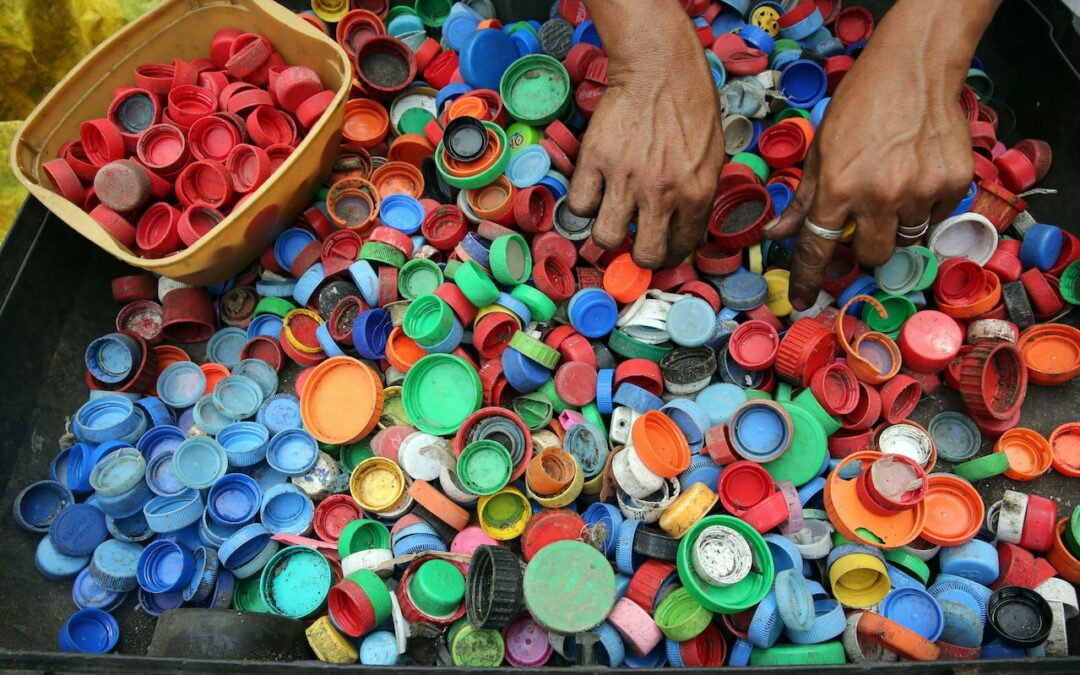
PakTech moves into the Australian market
PakTech, a company that specialises in 100% recycled and recyclable multipack packaging solutions, has announced the launch of its local manufacturing operations in Australia. It has simultaneously entered into a collaboration with Endeavour Group, an Australian alcoholic drinks retailer and hotel operator that spun off from Woolworths Group in 2021.
PakTech’s range of multipack beverage can handles sold in Australia has been recently assessed as being recyclable through the Australian Packaging Covenant Organisation (APCO) ARL program.
The collaboration will enable the two companies to expand Endeavour Group’s closed loop recycling scheme, which seeks to collect recyclable PakTech clips in selected Dan Murphy’s outlets. This scheme will encourage the recovery, recycling and reuse of PakTech handles, helping to avoid waste and reduce carbon emissions associated with packaging supply.
“Conscious consumerism is flourishing, and pressure from consumers around the world is forcing brands and retailers to rethink their approach to sustainable packaging,” said Brandon Rogers, CEO at PakTech.
“Sustainability and the circular economy are no longer competitive differentiators, they’re an expectation. We’re thrilled to join forces with an industry-leading brand in the Endeavour Group, and to formally commence our on-the-ground manufacturing here in Australia. As we look to promote the circular economy and tackle single-use plastics in Australia, there is no better organisation to do it with than the Endeavour Group.”
PakTech and its partners have the capacity to manufacture up to 75 million recycled multipack beverage can handles annually within Australia. Locally, PakTech’s existing customers include Asahi, Billson’s, Hawkers Beer and a host of craft beer, seltzer and wine manufacturers. In the US, its customers include CPG (consumer packaged goods) companies like Pepsi, KraftHeinz and Johnson & Johnson.
PakTech products are manufactured with high-density polyethylene (HDPE), also known as #2 plastic. This recyclable material is used to make various milk bottles, detergent bottles and toys. Through a recover, recycle and remanufacture process, PakTech and its partners seek to maximise collection of used materials, which are sorted, cleaned and processed through various facilities. The materials are then repurposed into new products, closing the circular economy loop and avoiding the pitfalls of single-use plastics.
“Endeavour are proud to be [collaborating] with PakTech to support the continued recycling and reuse of PakTech products. PakTech products play a great role in the reuse of plastic from products such as milk bottles and cream jars,” said Sarah McElholum, Circular Economy Sustainability Manager at Endeavour Group.
“We are also continuously working to improve the recyclability and reuse of our beverage packaging for our customers. Our [collaboration] with PakTech, along with our cork collection and wine bottle divider recycling schemes within stores such as Dan Murphy’s, gives our customers another chance to help avoid landfill and give packaging another life.”
Image: Supplied.




